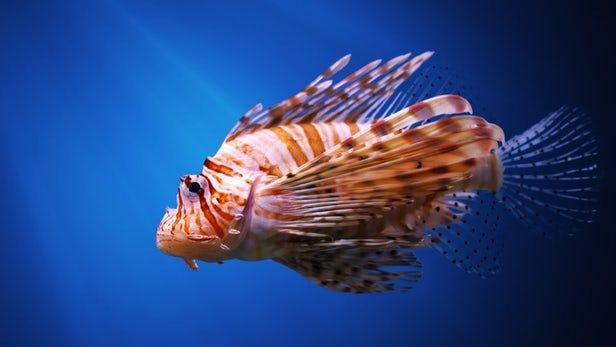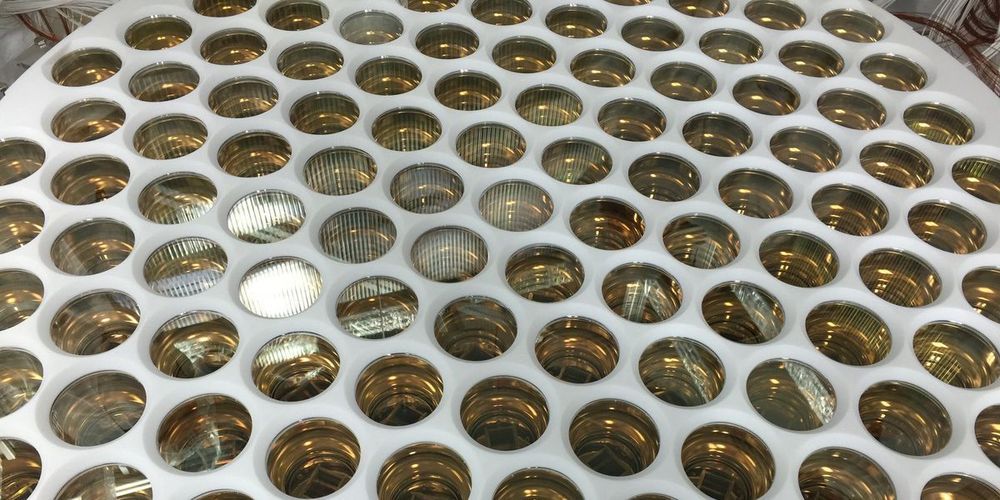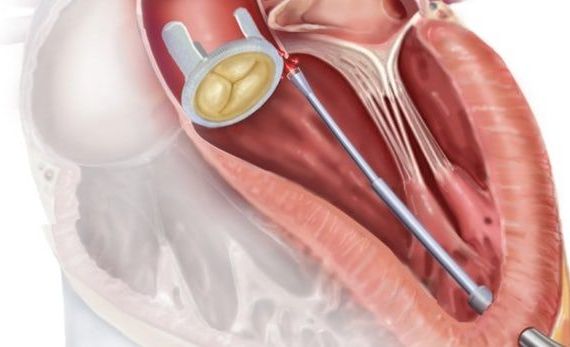Tesla and CEO Elon Musk say many Teslas will soon drive themselves, and that up to 1 million private Model 3s will form an autonomous taxi service.



The previous Tesla Roadster Battery range of 1000 km was a conservative estimate. It is the range which users will get if they drive like a maniac. Who can blame them, when the car does 0–100 km/h in under 2 seconds.
Furthermore, Tesla fans also remember that a founders edition with cold gas thrusters is also coming in very limited numbers for hardcore electric car enthusiasts.
It is 2019 and the numbers provided by electric cars have already begun to eclipse the likes of Lamborghini Aventador and Bugatti Veyron. Lamborghini Aventador currently gives 10 MPG (Miles per gallon) or 4.25 km/l in the city, while the Bugatti Veyron delivers an embarrassingly low 7 MPG or 2.97 km/l.

The latest version of Toyota’s zero-emissions fuel-cell powered tractor truck was unveiled today in Los Angeles. Developed as part of a joint project with the Kenworth Truck Company, the Port of Los Angeles, and the California Air Resources Board (CARB), the Fuel Cell Electric heavy-duty Truck (FCET) that runs on hydrogen and produces only water as waste is intended to meet or exceed the performance of a conventional diesel truck.


A new report out Wednesday says some popular fruit juices may contain heavy metal contaminants like lead, arsenic, and cadmium. Consumer Reports tested 45 packaged fruit juices and found measurable levels of heavy metal in every product. Long-term exposure to these metals could cause serious health risks, including kidney disease and certain types of cancer. Anna Werner reports.
David Sinclair is a Professor in the Department of Genetics at Harvard Medical School and co-Director of the Paul Glenn Centre for the Biological Mechanisms of Ageing.
Today we hear from a scientist at the cutting edge of longevity research as Professor Sinclair gives us a fascinating insight into the world of anti-ageing.
Expect to learn how and why we age, why stabilising the epigenetic landscape may enable a human to live for 1000 years, exactly what tactics Professor Sinclair is using himself to try and extend his life and how fasting, Sirtuins and NAD can be used to promote health and reduce diseases.
Extra Stuff:
David’s New Book — http://lifespanbook.com/
Follow David on Twitter — https://twitter.com/davidasinclair
Inside Tracker — https:// www.insidetracker.com
Recommended Books — https://www.amazon.co.uk/shop/chriswillx
Listen to all episodes online. Search “Modern Wisdom” on any Podcast App or click here:
iTunes: https://apple.co/2MNqIgw
Spotify: https://spoti.fi/2LSimPn
Stitcher: https://www.stitcher.com/podcast/modern-wisdom
I want to hear from you!! Get in touch in the comments below or head to…

The lionfish is an invasive species that is currently wreaking havoc in the warm waters of the Bahamas, the Caribbean, and the US southwestern Atlantic and Gulf of Mexico coasts. But where did they come from and what makes this normally docile hunter suddenly turn vicious in its new home? To answer these questions, North Carolina State University initiated a study of lionfish genetics to learn more about their origins and how to control them.

Researchers at the XENON dark matter observatory have spotted something incredibly rare. Unfortunately, it’s not dark matter, but it is the next best thing. The detectors at the observatory have spotted the decay of xenon-124, the rarest event ever recorded in human history.
The XENON experiment is designed to detect dark matter, which is not an easy task. The reason that dark matter is so mysterious is that it pretty much never does anything, which makes it hard to spot. Dark matter doesn’t give off light, or have any sort of magnetic field, and it almost never interacts with normal matter in any way.

For some time now, we’ve seen robotic surgical devices that can be remotely guided within the human body. And while they do make surgery more precise and less invasive, they still have to be continuously operated by a surgeon. Recently, however, a robotic catheter successfully navigated beating pig hearts on its own.

An army of tiny robots scuttling about inside your mouth cleaning your teeth. It’s a disquieting thought, and yet it might be one of the most effective ways to deal with the sticky bacterial biofilms that coat our choppers – as well as water pipes, catheters and other tough-to-clean items.